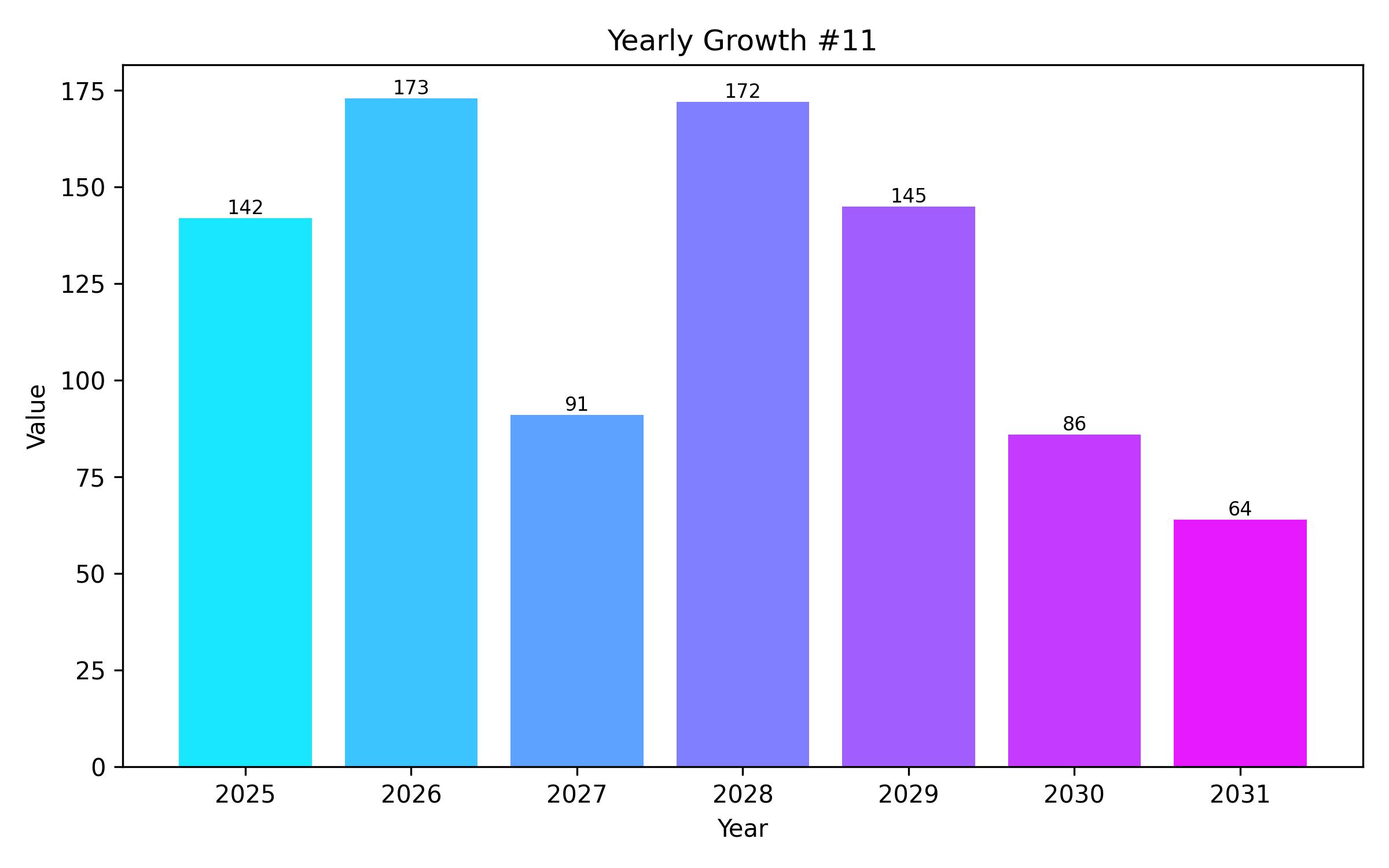Analysis of the Korean Texturized Vegetable Protein Market: Industry Valuation, Segmentation, and Trends (2025-2035)
Overview:
The Republic of Korea’s market for texturized vegetable protein (TVP) products is anticipated to achieve a valuation of approximately USD 23.5 million by the close of 2025. Projections indicate a consistent expansion, with a compound annual growth rate (CAGR) of around 6.5% expected through 2035. This growth trajectory suggests the market could reach a value near USD 43.5 million over the next decade. The steady increase demonstrates the growing acceptance and integration of plant-based protein alternatives within the nation’s food landscape.
A significant factor driving this upward trend is the heightened consumer focus on health and dietary choices. As more individuals, particularly in metropolitan areas and among younger demographics, adopt flexible or plant-focused eating patterns, TVP is gaining prominence as a versatile and nutritious substitute for meat. Its ability to emulate the texture of traditional animal proteins, while offering health benefits such as lower fat and cholesterol content, appeals strongly to those seeking healthier dietary options.
Environmental considerations also play a crucial role in propelling market expansion. With growing awareness regarding the ecological footprint of meat production, TVP, derived from sustainable crops like soy or peas, is viewed as an environmentally friendlier protein source. This aligns with broader national objectives around sustainability and resonates with consumers concerned about climate impact. Government initiatives promoting sustainable food systems implicitly support the adoption of plant-based alternatives like TVP.
The convenience factor is another key catalyst for TVP market development in Korea. Modern lifestyles demand quick and easy meal solutions, and TVP’s shelf stability and simple preparation make it highly suitable for ready-to-eat products, convenience meals, and home cooking. Its adaptability allows it to be incorporated into popular Korean dishes, facilitating its integration into daily diets.
Furthermore, ethical considerations regarding animal welfare are influencing consumer choices, prompting some to reduce or eliminate animal product consumption. As demand for high-quality, accessible, and ethically sourced proteins increases, TVP is well-positioned to meet this need, offering a compelling option for a wide range of consumers.
The market is also benefiting from product innovation, with manufacturers developing TVP varieties that offer improved texture, flavor, and nutritional profiles. This continuous refinement helps overcome some of the historical limitations of plant-based meat analogues, making TVP more appealing to a broader consumer base and supporting its trajectory for future growth in Korea.

| Report Attribute | Details |
|---|---|
| Market Size in 2025 | USD 23.5 million |
| Revenue Forecast for 2035 | USD 43.5 million |
| Growth Rate (CAGR) | 6.5% from 2025 to 2035 |
| Base Year for Estimation | 2024 |
| Historical Data | 2019 – 2024 |
| Forecast Period | 2025 – 2035 |
| Quantitative Units | Revenue in USD million and CAGR from 2025 to 2035 |
| Report Coverage | Market size and forecast, industry analysis, trends, growth drivers, and major players |
| Covered Segments | Nature, product type, form, end-use, process type, distribution channel, and region |
| Regional Scope | Korea |
| Country Scope | Republic of Korea |
| Key Companies Analyzed | CJ CheilJedang, Archer Daniels Midland Company (ADM), CHS Inc., Roquette Frères, Beneo GmbH, Cargill Inc., FUJI OIL CO., LTD., Puris Proteins, LLC., Ingredion Inc., Danisco A/S, Vestkron A/S |
| Customization Options | Free report customization (up to 8 analysts working days) with purchase. Changes to country, regional, and segment scope |
| Pricing and Purchase Options | Customizable purchase options for tailored research needs |

Report Coverage & Deliverables
- Market Trends And Dynamics
- Competitve Benchmarking
- Historical data and forecasts
- Value/Volume analysis
- Company revenue shares and key strategies
- Regional opportunities
This is an indicative segmentation. Please request a sample report to see detail segmentation of this market.
Detailed Market Segmentation
- By Nature
- Conventional
- Organic
- By Product Type
- Flakes
- Chunks
- Granules
- Slices
- By Form
- Dry
- Wet
- By End-use
- Foodservice
- Retail
- Institutional
- By Process Type
- Low Moisture Extrusion
- High Moisture Extrusion
- By Distribution Channel
- Direct Sales
- Indirect Sales
- Hypermarkets/Supermarkets
- Online Stores
- Convenience Stores
- Specialty Stores
- Other Retails
- By Region
- Korea
Table of Content
- Report Executive Summary
- Overall Market Synopsis
- Key Trends and Growth Drivers
- Market Background and Evolution
- Pricing Analysis and Cost Structure
- Forecast Period Analysis 2025 to 2035
- Market Size (Value in USD Million) and Volume (Tons) Projections
- Market Segmentation by Nature
- Conventional Segment Analysis
- Organic Segment Analysis
- Market Segmentation by Product Type
- Flakes Product Analysis
- Chunks Product Analysis
- Granules Product Analysis
- Slices Product Analysis
- Market Segmentation by Form
- Dry Form Analysis
- Wet Form Analysis
- Market Segmentation by End-use Vertical
- Foodservice Sector Analysis
- Retail Sector Analysis
- Institutional Sector Analysis
- Market Segmentation by Process Type
- Low Moisture Extrusion Analysis
- High Moisture Extrusion Analysis
- Market Segmentation by Distribution Channel
- Direct Sales Approach
- Indirect Sales Approaches
- Competitive Landscape and Market Share
- Key Company Profiles and Strategies
- Research Methodology and Data Sources
- Assumptions and Limitations
